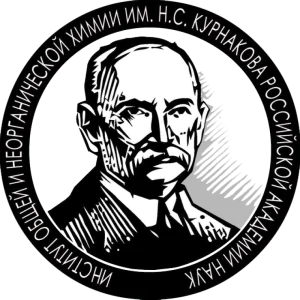Laboratory of theoretical Foundations of Chemical Technology
Andrey Alekseevich Voshkin
The laboratory was established in 1945 on the initiative of academicians N.M. Zhavoronkov and I.V. Kurchatov to solve scientific and practical problems of separation of mixtures in chemical and related industries. development of physico-chemical bases for the intensification of heat and mass transfer processes in chemical technology, development of physical and chemical methods for their intensification; energy-efficient hybrid processes for separating mixtures of components based on rectification, extraction and crystallization; development of "smart" extraction systems for chemical technological processes for the extraction and separation of components of liquid mixtures; development of highly efficient extraction systems based on based on deep eutectic solvents; development of environmentally friendly two-phase aqueous extraction systems for pharmaceuticals, food industry and biotechnology; development of highly efficient and environmentally friendly extraction methods for the disposal of man-made waste; water purification using chemical and physical intensification methods.
The most important results
Scientifically based technological schemes for recycling electronic waste using highly efficient environmentally friendly extraction systems based on water-soluble polymers have been developed. A model of high-intensity mass transfer in a dispersed annular flow of liquid and gas (steam) and a method for calculating film columns with a downward flow of phases have been created. The results have been implemented in the industry. The mechanism is revealed and the theory of Marangoni diffusion-thermal instability is constructed. The connection with the intensification of industrial processes is shown. Extraction methods for the production of organic acids from liquid waste products (for example, caprolactam production waste, fermentation solutions, etc.) have been developed, which creates prerequisites for the development of innovative technologies, import substitution and environmental safety improvement in the field of mixture separation processes. Methods for calculating a number of new hybrid processes based on distillation and crystallization from a melt have been developed. An extraction method has been developed for the production of metal oxide particles of various shapes of nano- and micrometer sizes at the interface in two-phase aqueous systems. A scientifically based method for calculating extractive rectification has been developed, taking into account the real kinetics of mass transfer in a liquid film flowing down the nozzle. Optimal schemes of technological implementation of the processes of ultrasonic excitation of nonlinear flows have been compiled, which significantly increase the efficiency of extraction and create a unique situation of isolation of the liquid from contact with external exposure equipment.
- Chromatography
- Mass spectrometry
- NMR spectroscopy
- IR spectroscopy




Research directions
Study of the process of separation and purification of an industrial mixture of spatial and structural isomers of perfluorinated cycloalkanes






